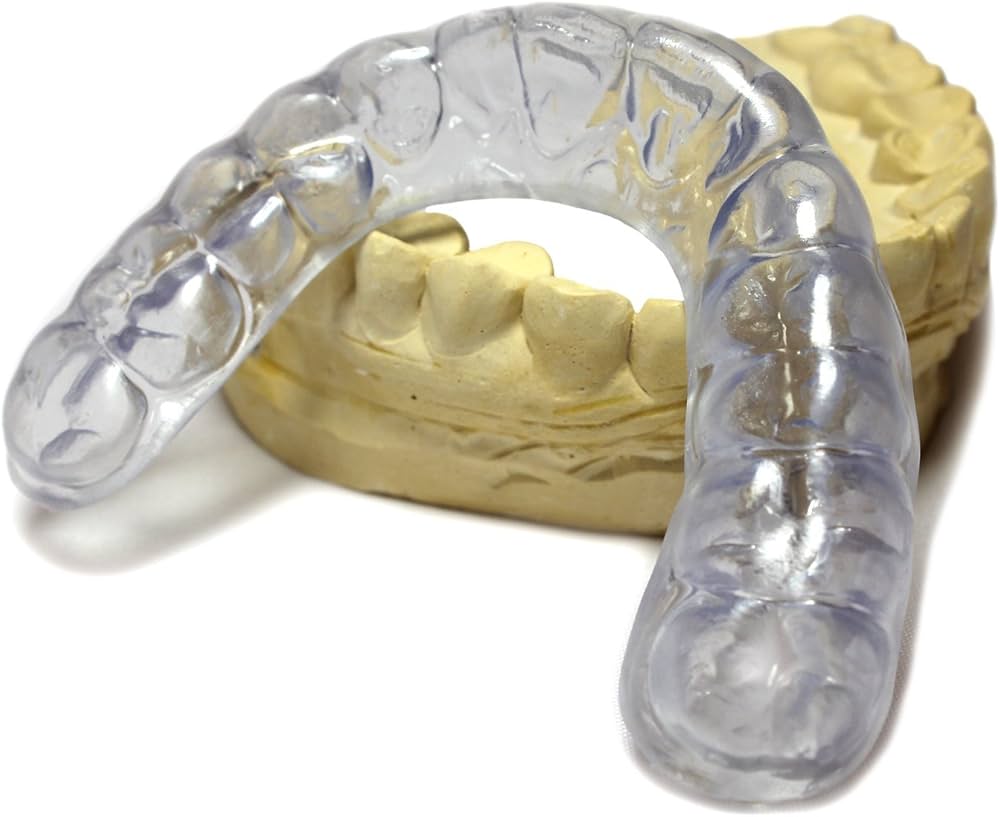Sleep apnea is a common sleep disorder that affects millions of people worldwide. It is characterized by pauses in breathing or shallow breaths during sleep, leading to frequent disruptions in restful sleep. One of the treatment options for sleep apnea is the use of mouth devices, also known as oral appliances.
A custom mouth guard is a great way to protect your teeth and mouth from damage while playing sports or engaging in any kind of physical activity. Made from soft and pliable plastic, custom mouth guards are designed to fit your mouth perfectly and provide a comfortable and secure fit. They can also be customized with your team logo or favorite colors, making them a great way to show your team spirit.

Image Source: Google
These devices work by positioning the jaw and tongue in a way that helps to keep the airway open, reducing the occurrence of breathing pauses. In this article, we will explore how sleep apnea mouth devices work and the benefits they offer to individuals suffering from this condition.
There are several types of sleep apnea mouth devices available, each designed to address specific needs and preferences. The most common types include:
1. Mandibular Advancement Devices (MAD): These devices are the most commonly used and work by positioning the lower jaw slightly forward, which helps to keep the airway open during sleep.
2. Tongue Retaining Devices (TRD): These devices hold the tongue in a forward position, preventing it from blocking the airway and promoting better breathing.
3. Nasal Dilators: These devices are designed to open up the nasal passages, allowing for easier breathing through the nose and reducing the likelihood of mouth breathing and apnea events.
4. Chin Straps: Chin straps are typically used for individuals who primarily breathe through their mouth during sleep. They work by keeping the mouth closed and encouraging nasal breathing, which can reduce the risk of apnea events.